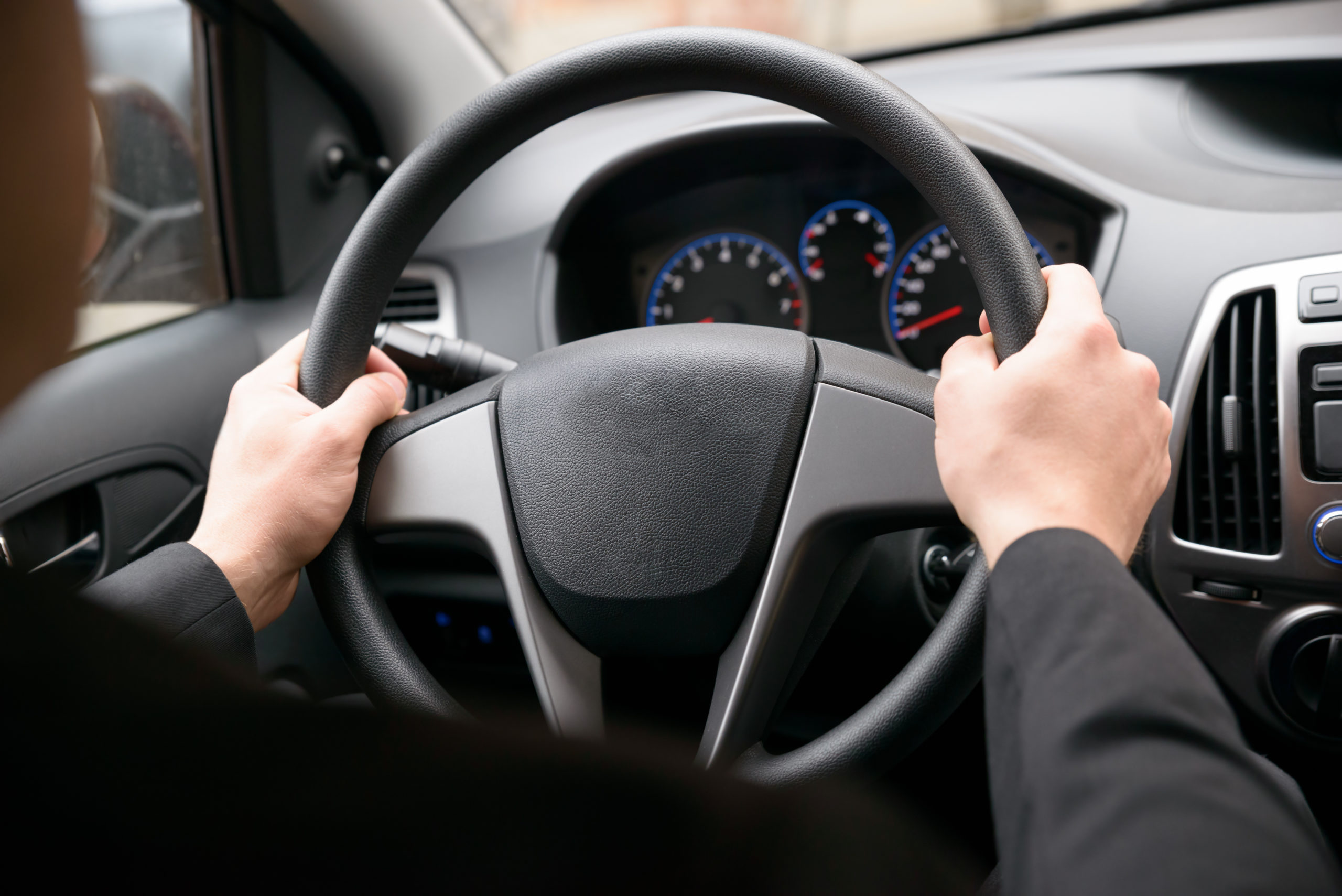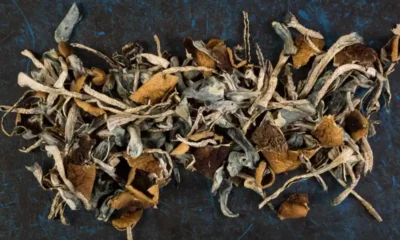Connect with us
Published
2 years agoon

A conversation among advocates and skeptics alike since cannabis was first legalized for recreational use in select states across the country surrounds the ability of measuring cannabis impairment among drivers. Now, a two-year study conducted by the Center for Medicinal Cannabis Research at UC San Diego School of Medicine provides further insight, finding that at least 50 percent of people with THC in their bloodstream were “impaired” when undergoing driving simulations.
For the study, researchers recruited 191 regular cannabis consumers to partake in cannabis use with different levels of Delta-9 THC, or a placebo, before performing a series of driving tests over several hours.
The findings were published Wednesday in the journal JAMA Psychiatry and found that the THC group displayed significantly diminished ability on a composite drive score made to assess key simulated driving variables, like swerving in a lane, responding to attention tasks and following a lead car. The non-placebo participants smoked a joint containing cannabis with either 5.9 or 13.4 percent THC.
It’s worth noting that about 50 percent of the non-placebo participants could be described as impaired and not all participants who smoked a THC-containing joint displayed severely diminished driving skills.
“Our study of a large group of regular users underscores the complexity in understanding the relationship between cannabis intake and driving decrements, reinforces the challenges in communicating the varying level of risks associated with use and the difficulty in identifying the subset of individuals most at risk for impaired driving,” said first and senior author Thomas Marcotte, co-director of CMCR and a professor of psychiatry at UCSD School of Medicine.
The driver performance skills had additional variables, like duration following time of consumption. The comparative driving skill decline was sharpest at the 30-minute and 90-minute marks after inhaling cannabis, then leveled the borderline differences at the three-hour, 30-minute mark. Following the four-hour, 30-minute mark, there were no measurable differences.
The study authors also indicated that the driving scores didn’t differ based on the THC content, with more participants in the 5.9 and 13.4 percent groups performing similarly, suggesting users “self-titrated” by smoking in a way to achieve similar levels of inebriation.
Marcotte said that, even though users in the THC group felt impaired and were hesitant to drive at the 30-minute mark, by the time it was 90 minutes in, they believed impairment was less and were more filling to drive.
“This was despite their performance not significantly improving from the 30 minute point. This may indicate a false sense of safety, and these first few hours may constitute a period of greatest risk since users are self-evaluating whether it is safe to drive,” Marcotte said.
The study also found no relationship between post-smoking blood THC concentrations and simulator performance.
Co-author Robert Fitzgerald, professor of clinical pathology at UCSD School of Medicine, director of the Toxicology Laboratory and associate director of Clinical Chemistry Laboratory at UCSD Health, said that the lack of correlation between blood and driving performance was a surprise.
“It’s strong evidence against developing ‘per se’ driving under the influence statutes,” Fitzgerald said, referencing per se laws that establish a statutory violation if a legal standard is breached, like blood-alcohol content being a measurable factor for DWAI and DUI charges.
Additionally, the authors said that the findings indicate cannabis use results in diminished driving ability in simulators, but when experienced cannabis users controlled their intake, researchers could not infer impairment based on THC content of the joint, behavioral tolerance or THC blood concentrations.
It’s a start, though researchers also noted that future research should be conducted to address other variables, like individual biologic differences, personal experiences with cannabis use and cannabis administration methods as they relate to driving.


Study Reveals State Cannabis Legalization Lowers Immigrant Deportation


DEA Challenges Bid To Use Psilocybin Under ‘Right To Try’ Legislation


Vegans Rejoice as Farmers Switch from Chickens to Hemp


Louisiana Legislative Committee Unanimously Passes Adult-Use Cannabis Framework Bill


Louisiana House Bill to Regulate Hemp Products Advances Along With Senate Bill to Ban


Cresco Labs Workers Reportedly De-Unionize
